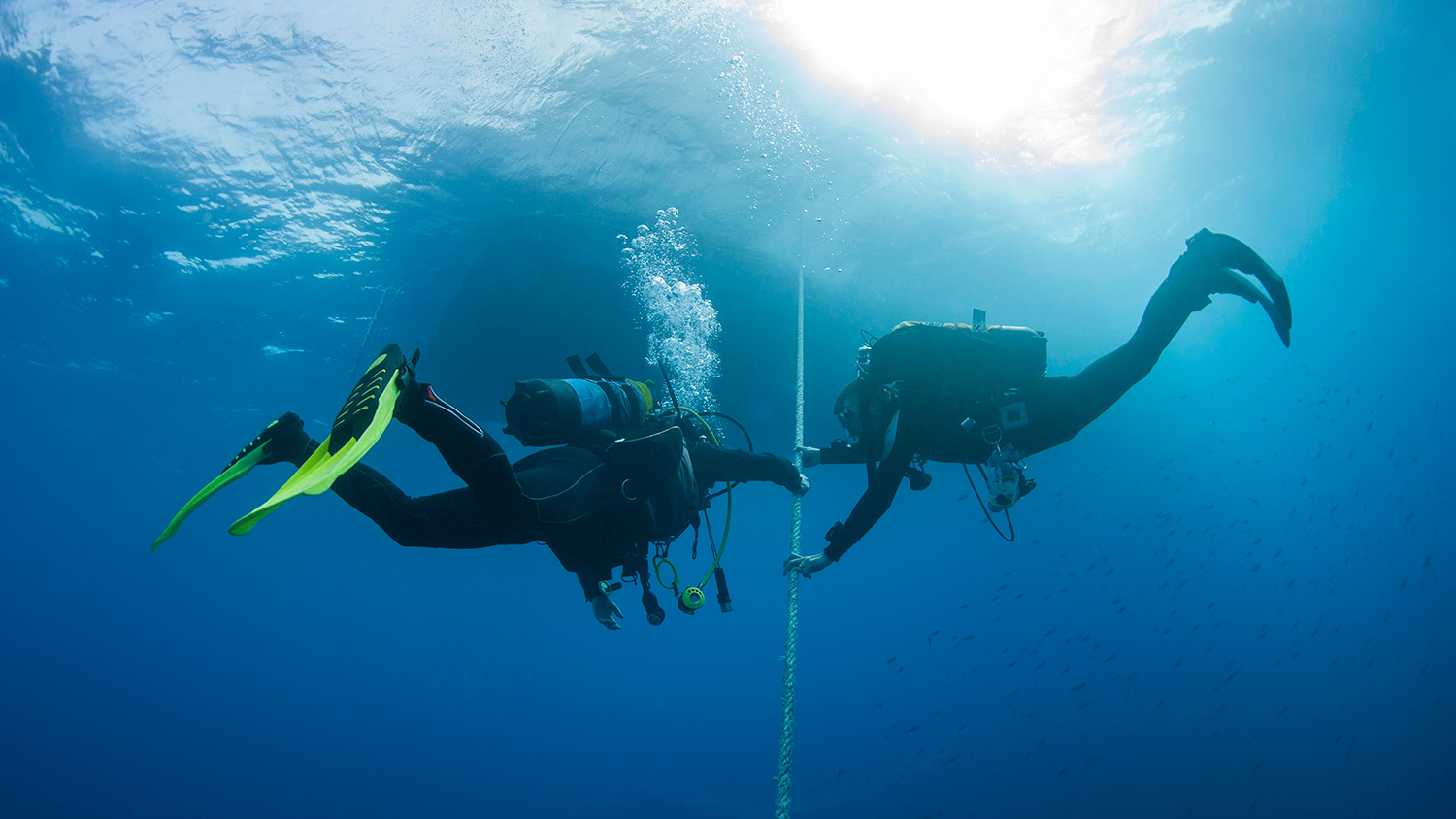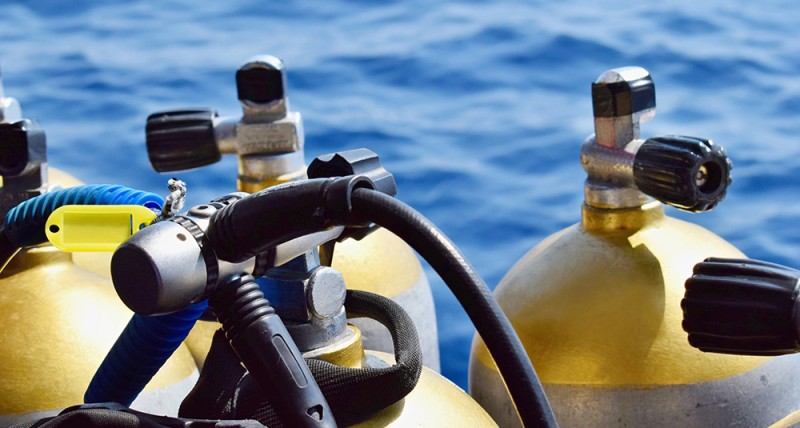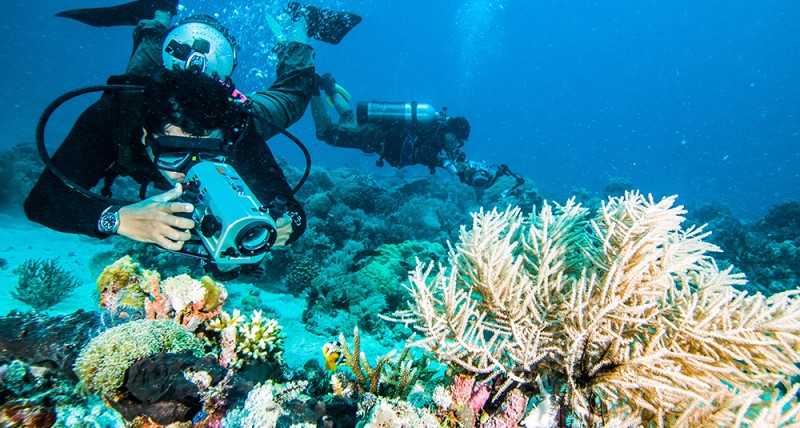As a dive professional, one of the most critical aspects of your training is understanding the science of decompression and how it affects your body underwater. Whether you’re new to diving or refining your skills, grasping the principles of decompression is essential for safe diving practices. This article delves into the science behind decompression, offering insights and practical tips to help you manage your dive profile and avoid decompression sickness (DCS).
What Is Decompression?
Decompression refers to the process of reducing the pressure on your body as you ascend from a dive. When you’re underwater, the increased pressure causes nitrogen from the air you breathe to dissolve into your body’s tissues. The deeper and longer you dive, the more nitrogen your tissues absorb. As you ascend and the pressure decreases, this nitrogen must be released from your tissues and safely expelled from your body through your breath.
If you ascend too quickly, the nitrogen may not have enough time to safely off-gas, and it can form bubbles in your tissues and bloodstream. These bubbles can cause decompression sickness, also known as “the bends,” which can result in symptoms ranging from joint pain and dizziness to more severe conditions like paralysis or even death.
The Science Behind Decompression Sickness (DCS)
Decompression sickness occurs when the nitrogen gas, which is dissolved in your tissues under pressure, comes out of solution too quickly as you ascend. The risk of DCS is influenced by several factors:
- Depth and Time:
- The deeper you dive and the longer you stay at depth, the more nitrogen your body absorbs. Both depth and time increase the risk of DCS because they affect the amount of nitrogen that needs to be safely off-gassed during your ascent.
- Ascent Rate:
- A slow and controlled ascent is crucial for allowing nitrogen to safely off-gas from your tissues. Ascending too quickly can cause the nitrogen to form bubbles before it has had a chance to be expelled through your breathing.
- Repetitive Dives:
- Performing multiple dives in a short period can increase the residual nitrogen in your body, thereby increasing the risk of DCS. Your body may not fully off-gas the nitrogen from previous dives before you start another dive, which compounds the risk.
- Physical Condition:
- Factors such as dehydration, fatigue, obesity, and poor physical fitness can also increase your susceptibility to DCS. Proper hydration, good physical health, and avoiding alcohol or heavy exertion before a dive can reduce your risk.
- Individual Variability:
- Every diver’s body reacts differently to nitrogen absorption and off-gassing. Some divers may be more prone to DCS than others, even under similar conditions.
Managing Your Dive Profile to Avoid DCS
To minimize the risk of DCS, it’s essential to manage your dive profile carefully. Here are some tips to help you dive safely:
- Plan Your Dive and Dive Your Plan:
- Always plan your dive before entering the water. Use dive tables or a dive computer to calculate your no-decompression limits (NDLs) based on your planned depth and time. Stick to your plan and avoid exceeding your NDLs.
- Monitor Your Ascent Rate:
- Ascent rate is one of the most critical factors in preventing DCS. The general recommendation is to ascend no faster than 30 feet (9 meters) per minute. Many dive computers will provide feedback on your ascent rate, and it’s important to monitor this closely.
- Include Safety Stops:
- A safety stop at 15 to 20 feet (5 to 6 meters) for 3 to 5 minutes is a standard practice at the end of every dive, even if you haven’t reached your no-decompression limit. This stop allows extra time for your body to off-gas nitrogen and reduces the risk of DCS.
- Avoid Deep Dives and Repetitive Dives in Quick Succession:
- Limit your deep dives and allow sufficient surface intervals between dives. The longer you wait between dives, the more nitrogen your body can off-gas. If you’re planning multiple dives in a day, start with the deepest dive first and progress to shallower dives.
- Stay Hydrated and Rested:
- Dehydration can increase your risk of DCS by reducing blood flow and making it harder for nitrogen to be expelled. Ensure you’re well-hydrated before and after diving. Additionally, avoid heavy exertion before or after a dive, as it can increase nitrogen absorption.
- Use Dive Computers and Nitrox:
- Dive computers offer real-time tracking of your depth, time, and ascent rate, which can help you stay within safe limits. Nitrox, a breathing gas with a higher concentration of oxygen and lower nitrogen, can extend your no-decompression limits and reduce the risk of DCS on certain dives.
- Know the Signs of DCS:
- Being aware of the symptoms of DCS is crucial for early detection and treatment. Symptoms can include joint pain, dizziness, fatigue, tingling or numbness, and difficulty breathing. If you or your buddy experience any of these symptoms after a dive, seek medical attention immediately.
Understanding the science of decompression and how to manage your dive profile is fundamental to safe diving. By planning your dives, monitoring your ascent, and following best practices, you can significantly reduce the risk of decompression sickness and enjoy your underwater adventures with confidence.
Remember, every dive is an opportunity to practice safe diving habits and deepen your knowledge of the underwater world. As you progress in your diving journey, continue to build on these principles, ensuring that each dive is as safe as it is thrilling.




